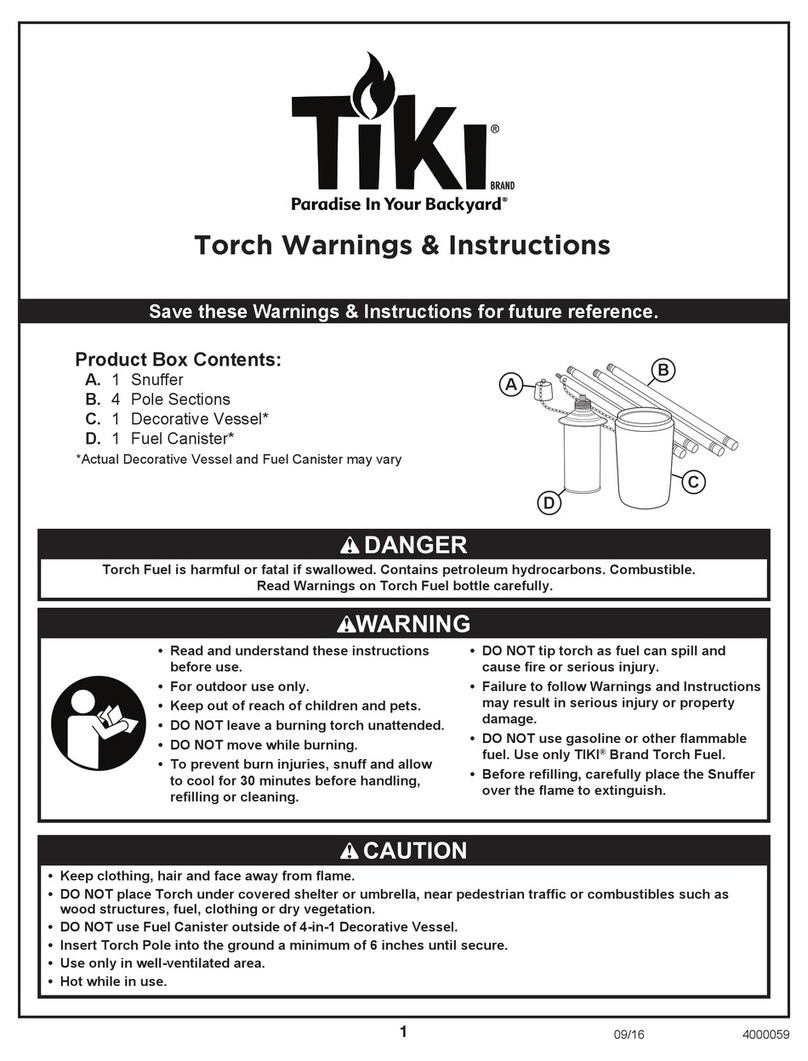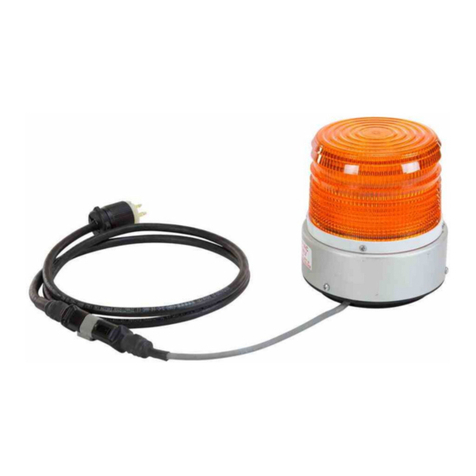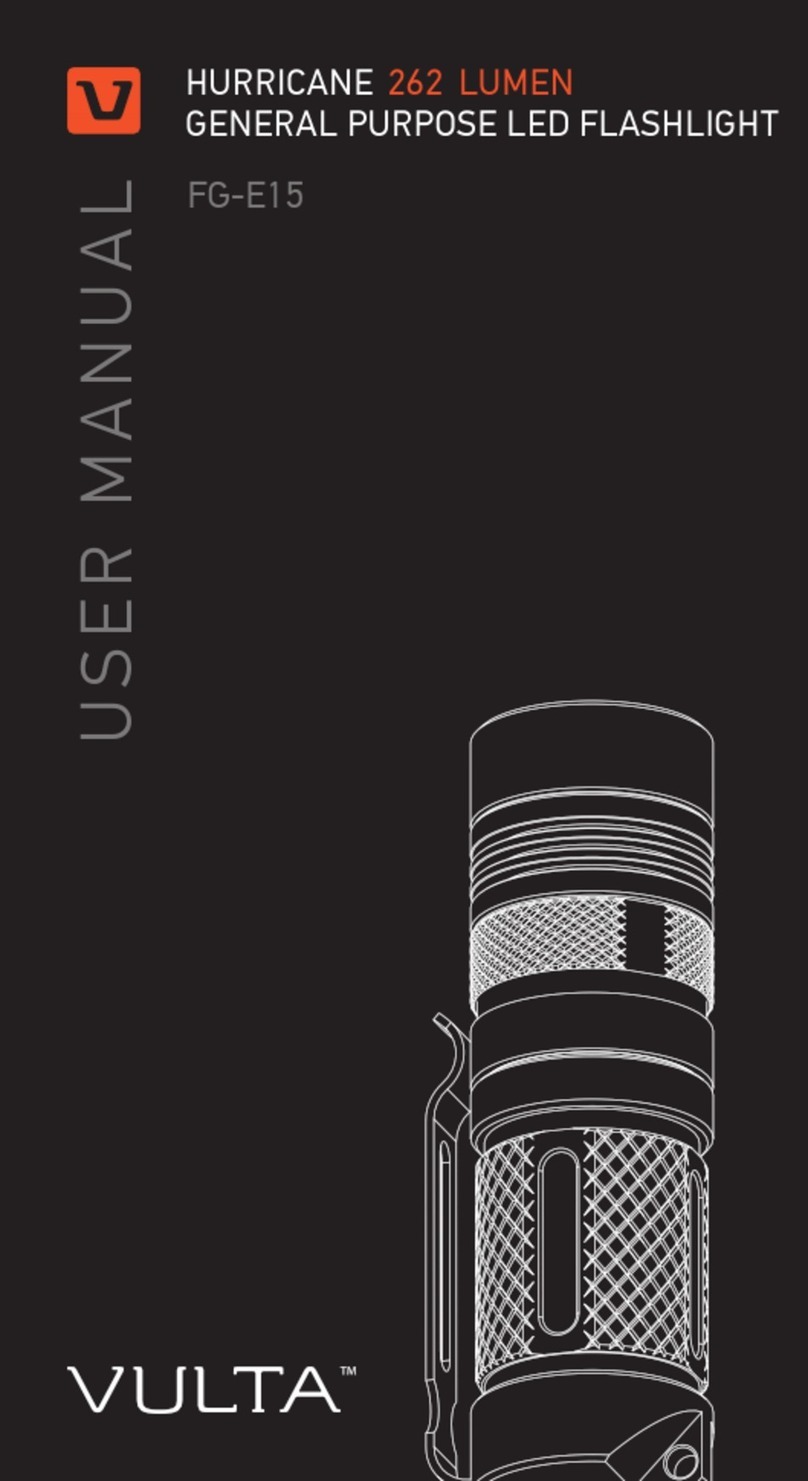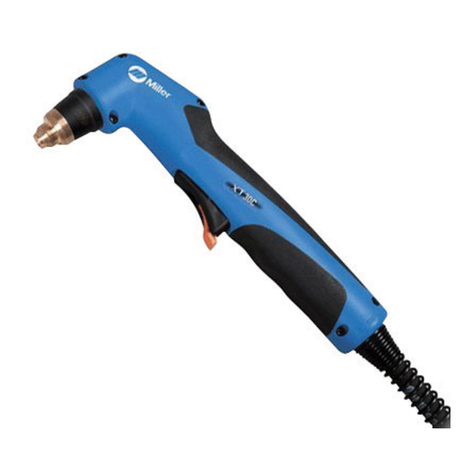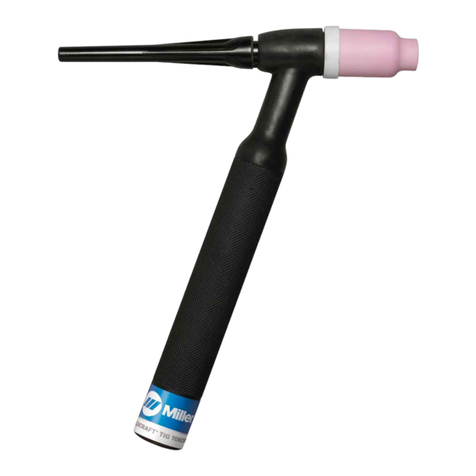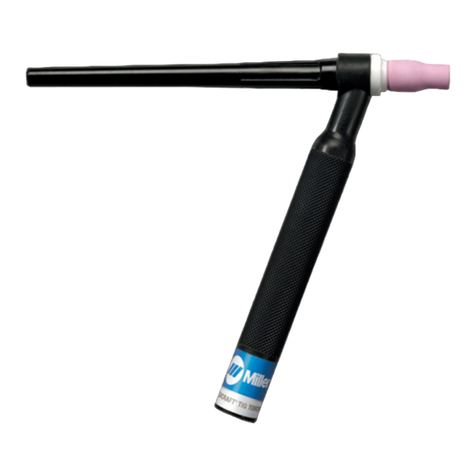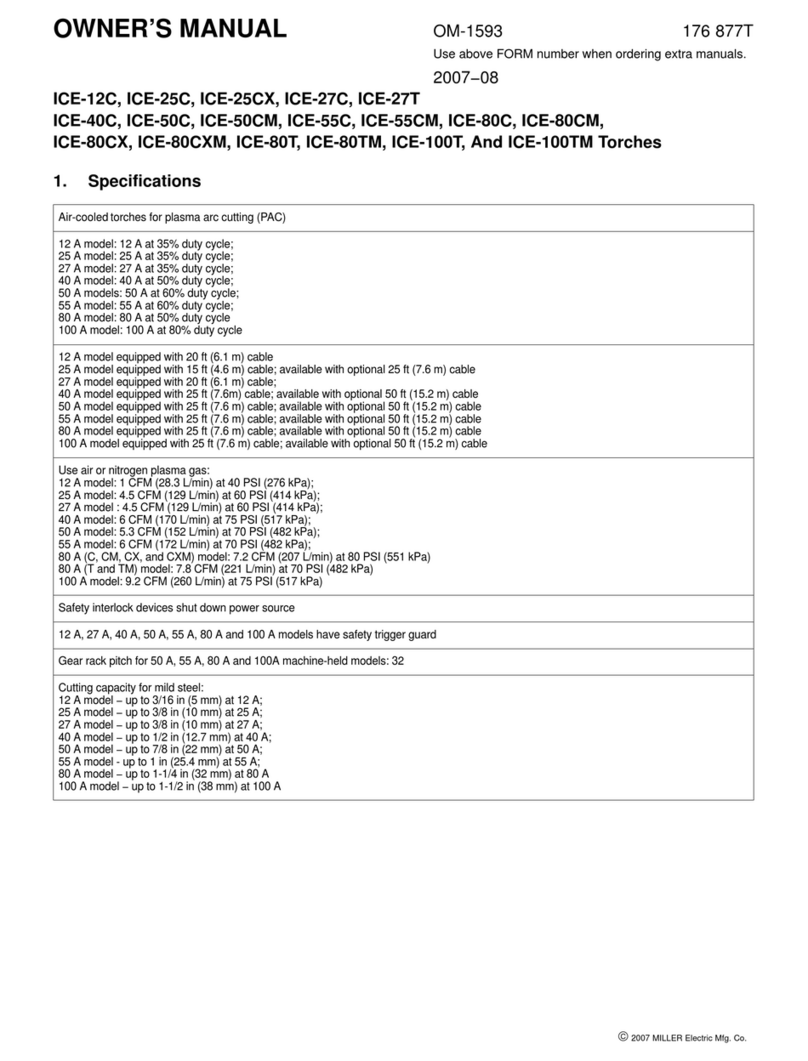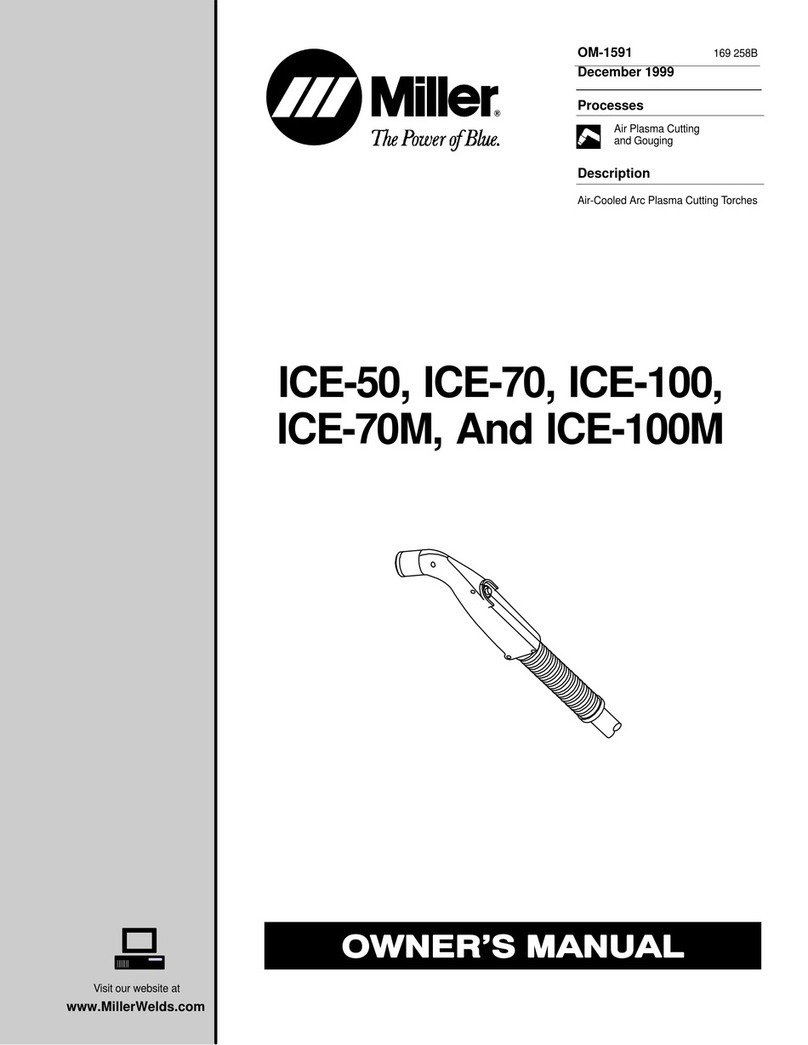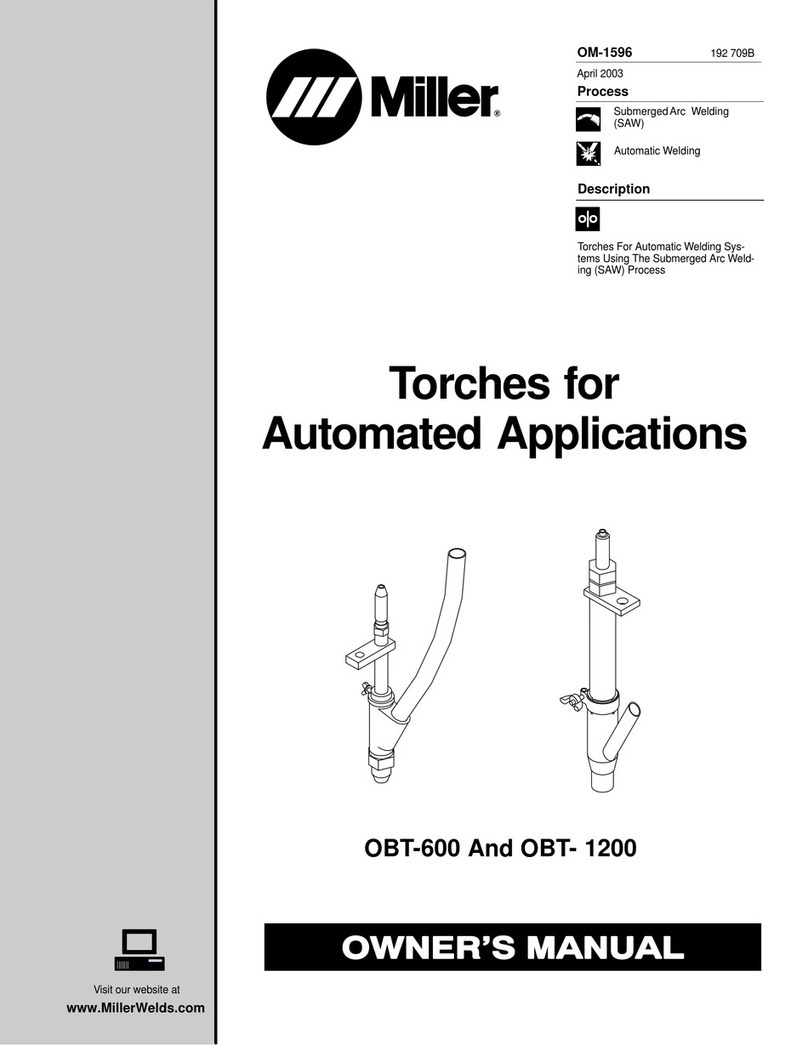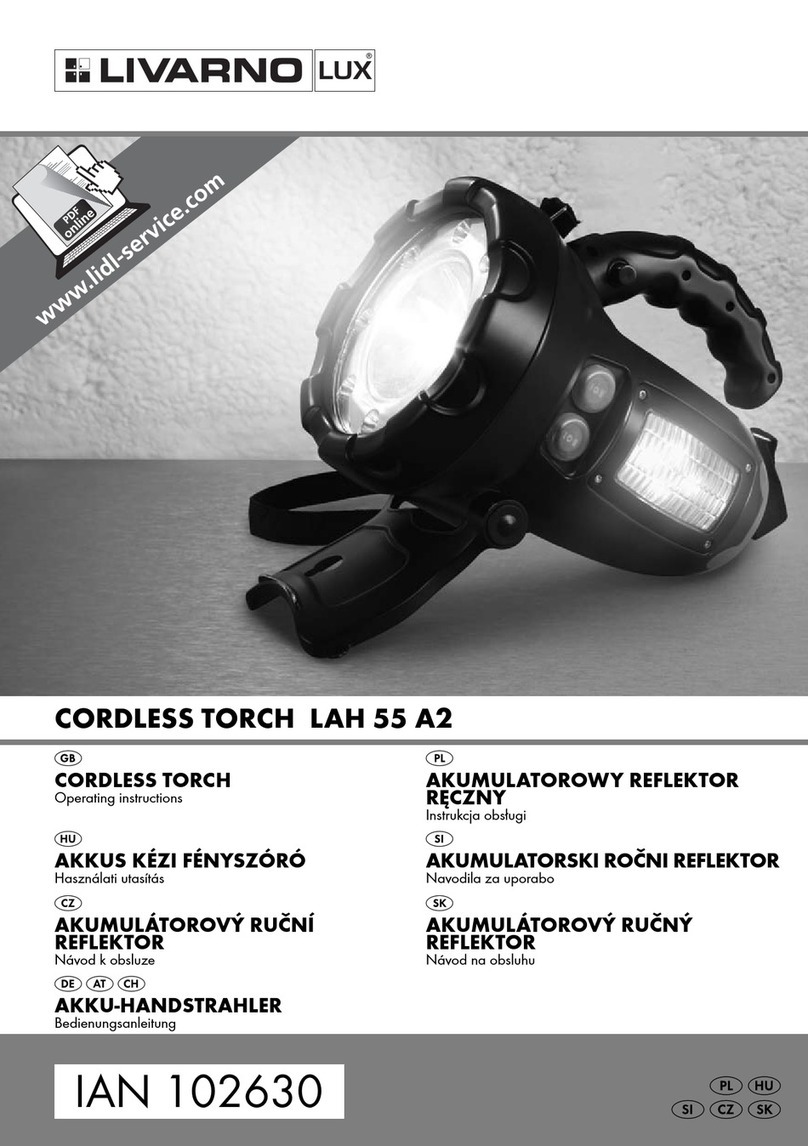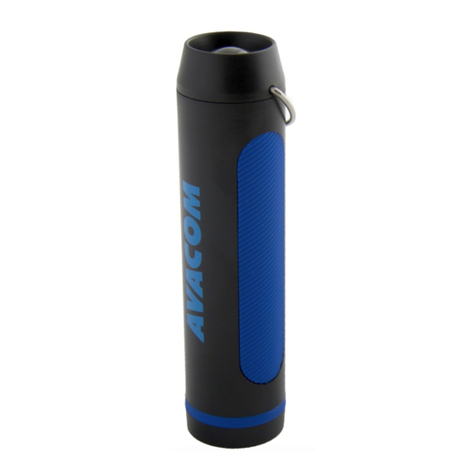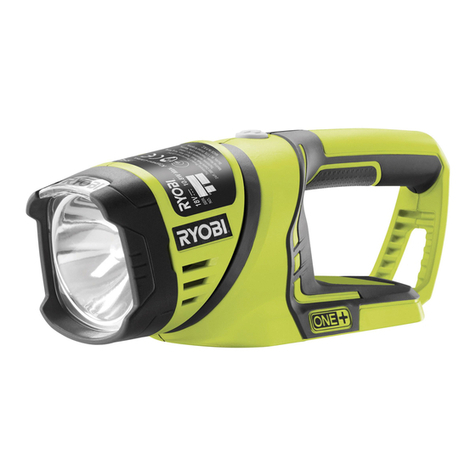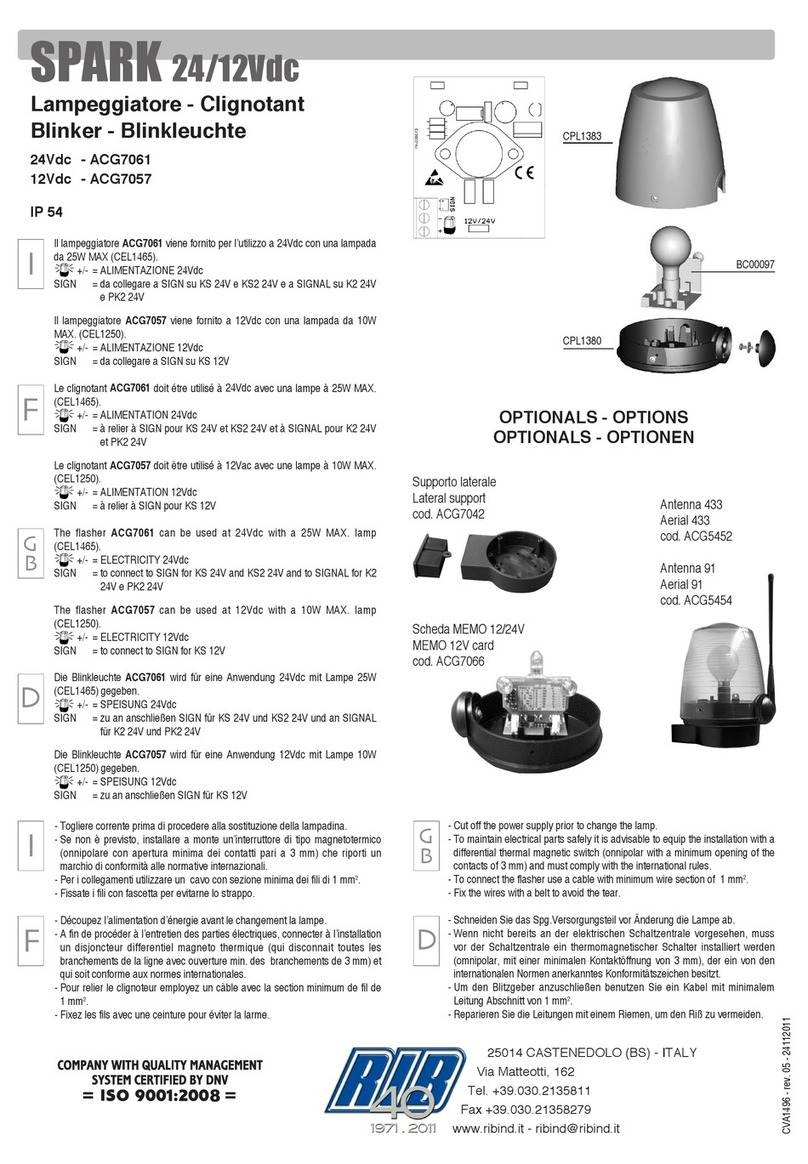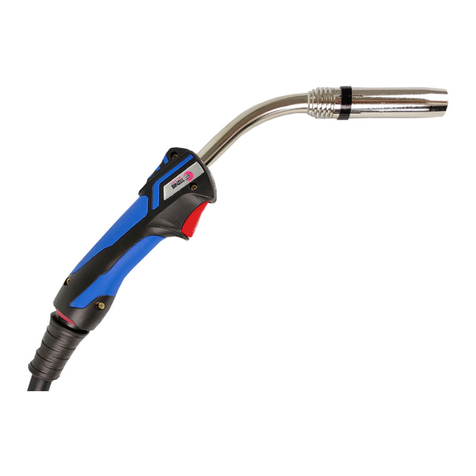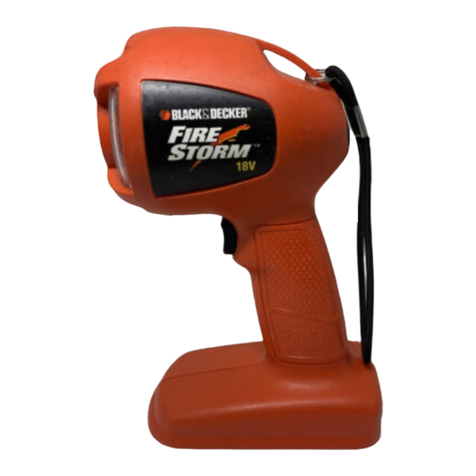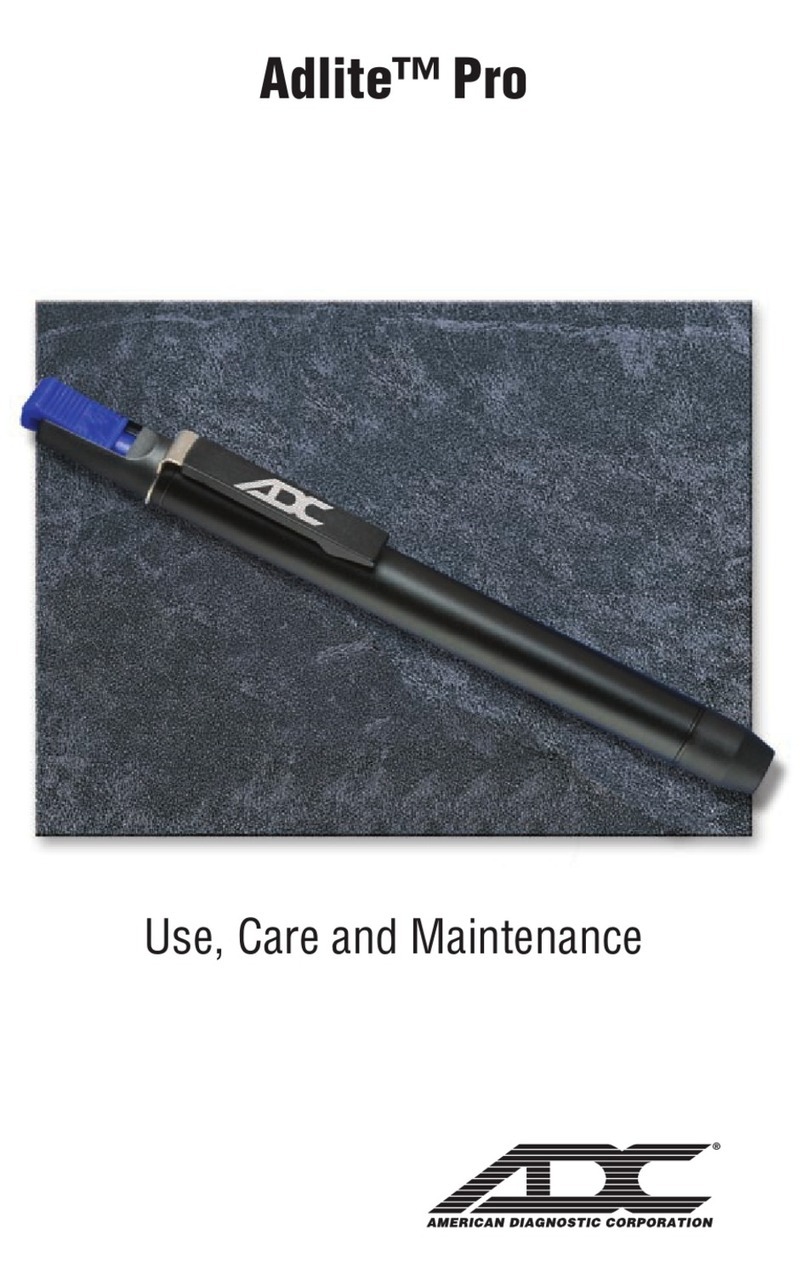
OM-263687 Page 5
DRemove all flammables within 35 ft (10.7 m) of the welding or cut-
ting operation. If this is not possible, tightly cover them with ap-
proved covers.
DDo not weld or cut where flying sparks can strike flammable
material.
DProtect yourself and others from flying sparks and hot metal.
DBe alert that welding and cutting sparks and hot materials from
welding and cutting can easily go through small cracks and open-
ings to adjacent areas.
DWatch for fire, and keep a fire extinguisher nearby.
DBe aware that welding or cutting on a ceiling, floor, bulkhead, or
partition can cause fire on the hidden side.
DDo not cut or weld on tire rims or wheels. Tires can explode if heat-
ed. Repaired rims and wheels can fail. See OSHA 29 CFR
1910.177 listed in Safety Standards.
DDo not weld or cut on containers that have held combustibles, or on
closed containers such as tanks, drums, or pipes unless they are
properly prepared according to AWS F4.1 (see Safety Standards).
DDo not weld or cut where the atmosphere can contain flammable
dust, gas, or liquid vapors (such as gasoline).
DWear body protection made from leather or flame-resistant cloth-
ing (FRC). Body protection includes oil-free clothing such as
leather gloves, heavy shirt, cuffless trousers, high shoes, and a
cap.
DDo not use fuel gases to clean clothes or work area.
DRemove any combustibles, such as a butane lighter or matches,
from your person before doing any welding or cutting.
DAfter completion of work, inspect area to ensure it is free of sparks,
glowing embers, and flames.
DFollow requirements in OSHA 1910.252 (a) (2) (iv) and NFPA 51B
for hot work and have a fire watcher and extinguisher nearby.
Compressed gas cylinders contain gas under high pressure. If
damaged, a cylinder can explode. Since gas cylinders are normally part
of the welding or cutting process, be sure to treat them carefully.
CYLINDERS can explode if damaged.
DProtect compressed gas cylinders from excessive heat, mechani-
cal shocks, physical damage, slag, open flames, and sparks.
DInstall cylinders in an upright position by securing to a stationary
support or cylinder rack to prevent falling or tipping. Do not lay acet-
ylene cylinders on their sides or acetone will flow out of the cylinder
and damage the equipment.
DKeep cylinders away from any arc welding, cutting, or other electri-
cal circuits.
DNever drape a welding or cutting torch over a gas cylinder.
DNever weld or cut on a pressurized cylinder −explosion will result.
DUse only correct compressed gas cylinders, regulators, hoses, and
fittings designed for the specific application; maintain them and as-
sociated parts in good condition. Do not use compressed gas cylin-
der unless an approved gas regulator is attached to the gas valve.
DTurn face away from valve outlet when opening cylinder valve. Do
not stand in front of or behind the regulator when opening the valve.
DKeep protective cap in place over valve except when cylinder is in
use or connected for use.
DUse the proper equipment, correct procedures, and sufficient num-
ber of persons to lift, move, and transport cylinders.
DStore compressed gas and oxygen cylinders in separate locations.
DStore empty cylinders with valves closed and caps in place.
